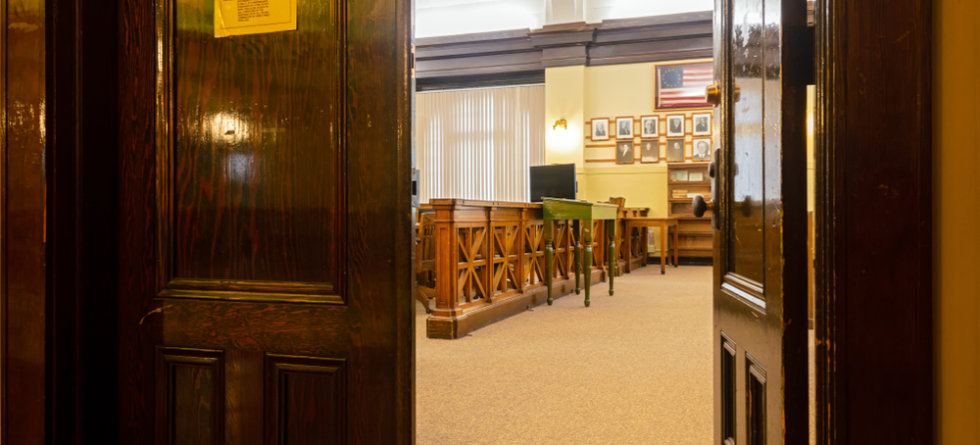Generally, you cannot simply walk into a courtroom without any specific reason or purpose. Courtrooms are controlled environments where legal proceedings occur, and there are certain rules and protocols to follow. Here are some important points to consider:
- Case involvement: If you are a party to the case (e.g., plaintiff, defendant, witness), you may have a legitimate reason to be present in the courtroom. In such cases, you would typically be required to follow the appropriate procedures and notify the court of your presence.
- Public access: In many legal systems, court hearings are open to the public, allowing individuals to observe the proceedings. However, even in public hearings, there may be limitations on the number of spectators allowed in the courtroom due to space constraints or other factors. It’s advisable to check the specific rules and regulations of the court you wish to visit to understand any restrictions or requirements regarding public access.
- Security and screening: Courthouses often have security measures in place, including metal detectors and bag inspections, to ensure the safety of all individuals present. You may undergo a security screening process before entering the courtroom.
- Courtroom decorum: It’s important to adhere to courtroom decorum once inside the courtroom. This includes maintaining appropriate behavior, refraining from disruptive or disrespectful conduct, and following instructions or directions from the judge or court officials.
There may be exceptions to public access or specific procedures for entering courtrooms, depending on the jurisdiction, the type of case, or any privacy or security concerns involved. Suppose you plan to visit a specific court. In that case, it’s advisable to consult the court’s website, contact the court clerk’s office, or seek guidance from legal professionals to ensure you have accurate and up-to-date information about accessing the courtroom.





